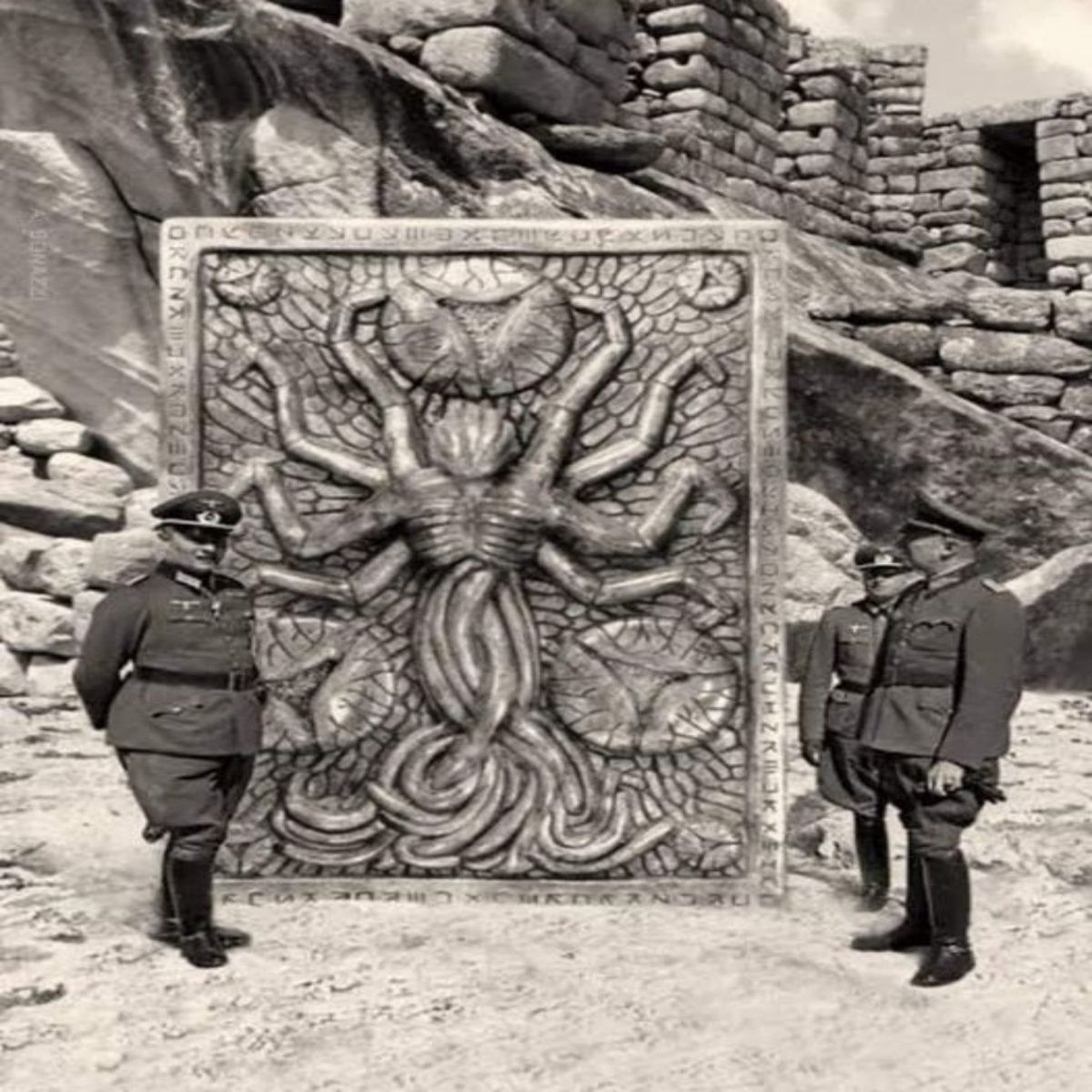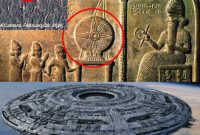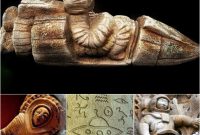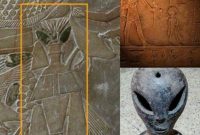Throughout the annals of history, tales of mysterious creatures have captivated the human imagination, weaving their way into folklore, mythologies, and ancient texts. From the legendary griffins of ancient Greece to the elusive dragons of Chinese mythology, these enigmatic beings have left an indelible mark on human culture. Yet, amidst the realms of myth and legend, there exist tantalizing clues that suggest the existence of real-life encounters with extraordinary creatures in the ancient past. As we delve into the depths of history, we unearth these ancient clues, shedding light on the fascinating world of enigmatic creatures.
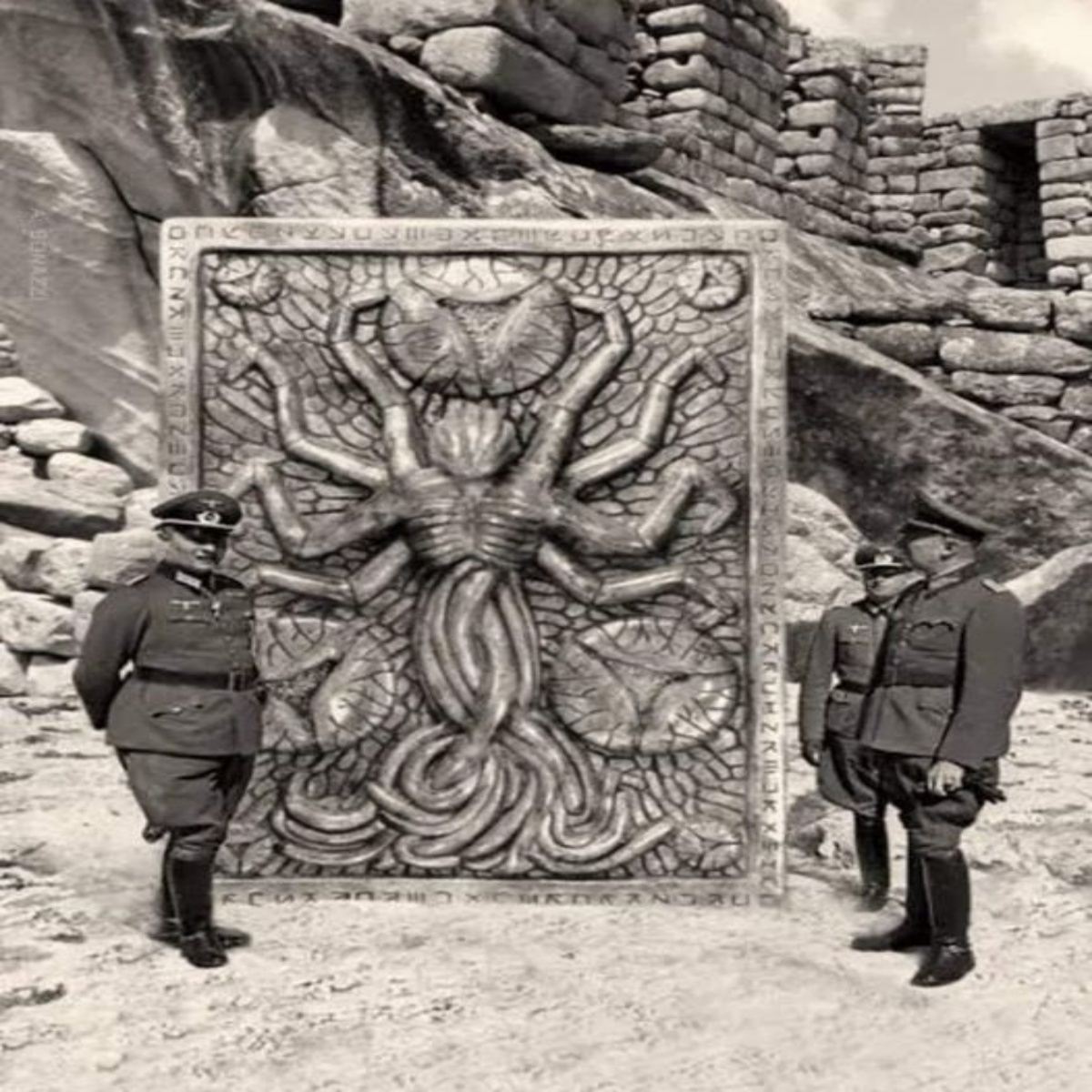
Exploring Mythological Accounts: Mythological accounts from cultures around the world are replete with references to fantastical creatures that defy conventional explanation. In Greek mythology, the Chimera, a monstrous hybrid creature with the body of a lion, the head of a goat, and the tail of a serpent, terrorized the ancient world. Similarly, the Egyptian deity Ammit, depicted as a combination of a lion, a hippopotamus, and a crocodile, was believed to devour the hearts of the impure in the afterlife. These mythological beings, though often dismissed as mere figments of imagination, may have originated from real-life encounters with unknown creatures.
Ancient Artifacts and Depictions: Ancient artifacts and artistic depictions offer further evidence of encounters with enigmatic creatures in the ancient world. In Mesopotamian mythology, the Apkallu, or “Seven Sages,” were semi-divine beings depicted in ancient reliefs and carvings as humanoids with the heads of birds or fish. These figures were believed to possess divine knowledge and served as intermediaries between the gods and humanity. Similarly, the Nazca Lines of Peru, a series of ancient geoglyphs etched into the desert landscape, include depictions of humanoid figures with animal-like features, suggesting a connection to mythological beings or extraterrestrial visitors.
Cryptozoological Discoveries: In addition to mythological accounts and ancient artifacts, modern cryptozoological discoveries provide tantalizing glimpses into the existence of enigmatic creatures. The discovery of the coelacanth, a prehistoric fish once thought to be extinct, in the waters off the coast of South Africa in 1938, shocked the scientific community and challenged long-held beliefs about the diversity of life on Earth. Similarly, sightings of the Loch Ness Monster in Scotland and the Yeti in the Himalayas continue to fuel speculation about the existence of unknown species lurking in the shadows of the natural world.
Interpreting the Evidence: While skeptics may dismiss accounts of enigmatic creatures as mere superstition or fantasy, the prevalence of such stories across different cultures and time periods suggests a deeper truth waiting to be uncovered. Whether rooted in real-life encounters, symbolic representations, or cultural allegories, these tales offer valuable insights into the human psyche and our enduring fascination with the unknown. As we continue to unravel the mysteries of the past, the existence of enigmatic creatures remains an intriguing puzzle, inviting us to explore the boundaries of what we know and what lies beyond.
The revelation of ancient clues pointing to the existence of enigmatic creatures in history opens a window into the rich tapestry of human experience and imagination. From mythological accounts and ancient artifacts to modern cryptozoological discoveries, the evidence suggests that encounters with extraordinary beings have been a recurring theme throughout human history. As we delve deeper into the realms of myth and legend, we may yet uncover the truth behind these ancient clues and unlock the secrets of our collective past.

